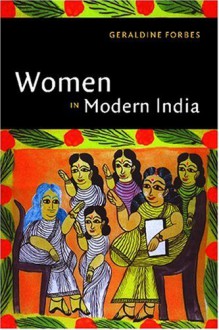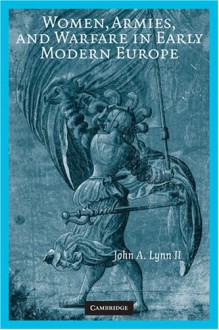
For the past few years, I have traveled to Washington DC and stayed a few days just to visit the museums. Plus, I live in Philly, so it’s like a two hour train trip. I’ve learned that the smaller Smithsonian tends to have the more interesting exhibits. I discovered a love for Whistler’s etchings at the Freer, and at the Hirshorn, I discovered that I do like some modern art and video installations. It was at the Hirshorn last summer that I heard of this book.
Last summer, the museum had a major exhibit of Shirin Neshat’s work, and if you are like I was at the time, you are going who. She is Iranian and is known for her photography and videos. If the show is anywhere near you, I highly recommend you go. Neshat’s art is powerful and beautiful. At one point in the show, there was a clip and significant verbiage about Neshat’s film adaptation of this novel. The book itself was not in the bookstore, so when I finally sat down to read it, it was with so trepidation that it would not live up to the hype in my head.
It does.
When one reads Women without Men, it is easy to understand why Parsipur is living in exile. It is a feminist book that will anger many conservatives, in particular conservative men in power, angry. Yet, for all the short space that it inhibits it is a work of sheer brilliance. I cannot thank Neshat and the Hirshorn enough for introducing me to this book.
Women Without Men, despite its title, does in fact have men in it, and not all the men are bad. To call the book anti-male would be incorrect. Parsipur relates the lives of different women from different levels of society who came together briefly in a garden before going their separate ways. Each of the women, from the prostitute to the high society wife, has been constricted in some way by society. One of the brilliant aspects of the novel is that not all the women are likable.
Perhaps the most accessible, and most challenging to power structure, is Munis who changes the most and becomes one of the fulcrums that the other women turn around (Mahdokht is the other. It is no surprise that these two women go though the most and the least changes). Her reaction upon learning something is just so human, even in this tale of magical realism. What happens to Munis and her eventual fate in many ways is the heart of the novel (and no surprise that part of the arc was the clip from the film shown in the Neshat exhibit). The fates of the women are in part dictated by the society in which they live as well as the roles forced upon them by that society. In many ways, the book references the Garden of Eden, but almost as a place of renewal and peace.
It’s a beautiful novel.


 Log in with Facebook
Log in with Facebook 








